Giulio Paolini is an Italian artist who has been active since the early 60s. He is one of the main representatives of the Arte Povera movement. He focuses on an analytical and strictly conceptual research, which takes him to exclude any value that is external to the concept and to the definition of art. Giulio Paolini was born in Genoa on November 5, 1940. In 1952 his family settled definitively in Turin, where he graduated in Graphics in 1959. The starting point – and point of eternal recurrence - for Paolini is his first work ‘Disegno Geometrico’ from 1960: it is a canvas painted with tempera, on which he only painted the surface squaring, which is the preliminary procedure for any possible representation.
Starting from the idea that works of art look at us, as we look at them, he makes a cultured speculation on the conventions of the act of seeing and on the relationship between the actors of the artistic experience: author, work of art, spectator and the space of the representation. Giovane che guarda Lorenzo Lotto is a reference to the eye of Paolini himself that starts a game of imaginary looks with the sixteenth-century master. His works are marked by a declared theatricality and stage the evocation of the statute of the work of art by means of quotes, duplications and fragments that draw from a mythological and artistic repertoire to underline the belonging of his work to a long historical parabola.
The constant research conducted by Paolini - also developed through his activity as author of philosophical writings on art – in most recent works widens its borders, analyzing the format of the exhibition, which is seen as the fundamental moment in the encounter with the work of art
Starting from the idea that works of art look at us, as we look at them, he makes a cultured speculation on the conventions of the act of seeing and on the relationship between the actors of the artistic experience: author, work of art, spectator and the space of the representation. Giovane che guarda Lorenzo Lotto is a reference to the eye of Paolini himself that starts a game of imaginary looks with the sixteenth-century master. His works are marked by a declared theatricality and stage the evocation of the statute of the work of art by means of quotes, duplications and fragments that draw from a mythological and artistic repertoire to underline the belonging of his work to a long historical parabola.
The constant research conducted by Paolini - also developed through his activity as author of philosophical writings on art – in most recent works widens its borders, analyzing the format of the exhibition, which is seen as the fundamental moment in the encounter with the work of art
Fonti
M. Disch, Giulio Paolini. Catalogo ragionato 1960-1999, G. Celant, Giulio Paolini 1960-1972, M. Disch, Giulio Paolini: La voce del pittore. Scritti e interviste 1965-1995, Fondazione Giulio e Anna Paolini, Torino
RELATED
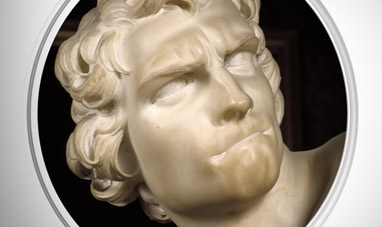

DAVID (BERNINI)


BRUCE CHATWIN


PHARRELL WILLIAMS
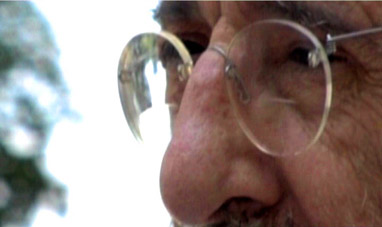

ÁLVARO SIZA VIEIRA
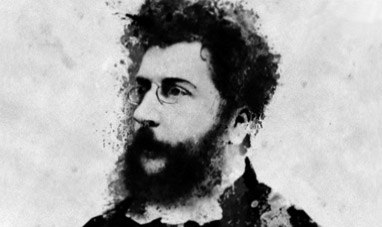

GEORGES BIZET
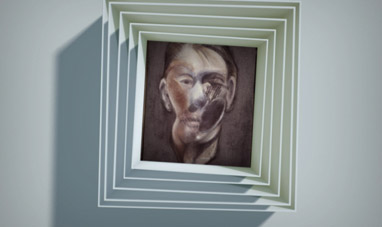

FRANCIS BACON


SERGIO LEONE
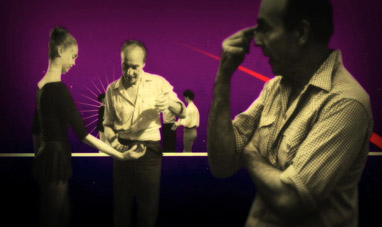

GEORGE BALANCHINE
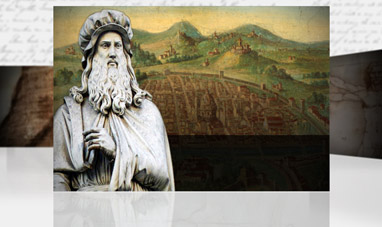

LEONARDO DA VINCI


MICHELANGELO PISTOLETTO


JOHN WAYNE


DANIEL LIBESKIND


FRANCIS SCOTT FITZGERALD


THE THREE GRACES


JOHANN SEBASTIAN BACH


AMEDEO MODIGLIANI
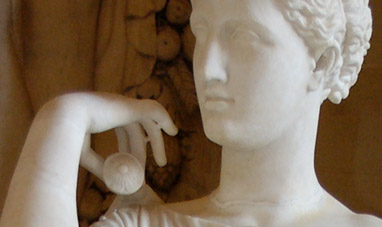

PRAXITELES


EUGÈNE VIOLET-LE-DUC


ALFRED HITCHCOCK
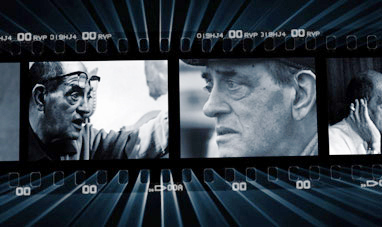

LUIS BUÑUEL
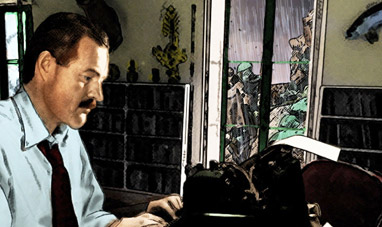

ERNEST HEMINGWAY
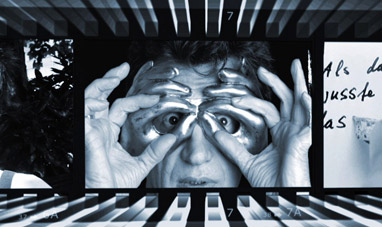

WIM WENDERS
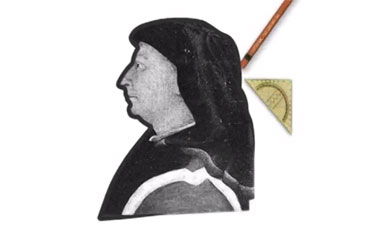

FILIPPO BRUNELLESCHI
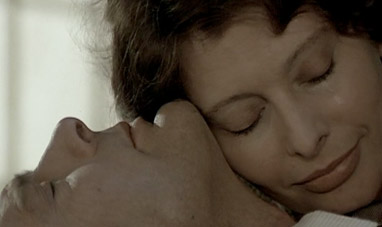

SOPHIA LOREN
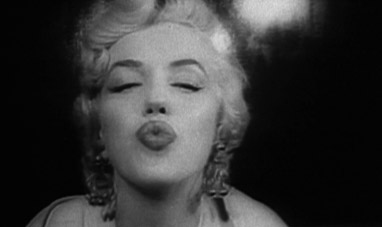

MARILYN MONROE
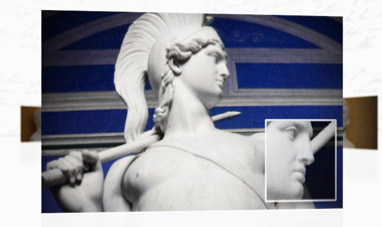

BERTEL THORVALDSEN
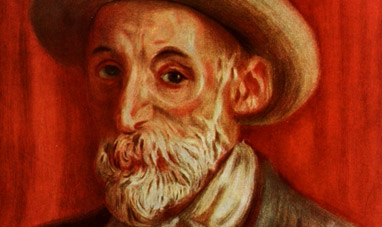

PIERRE AUGUSTE RENOIR


ARNALDO POMODORO


RUDOLF NUREYEV
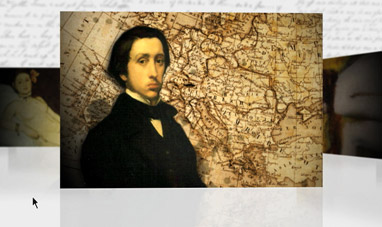

EDGAR DEGAS
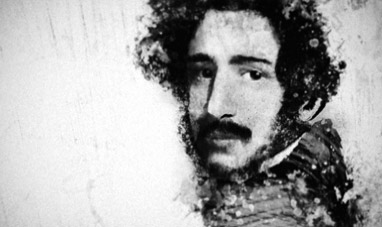

GAETANO DONIZETTI


CHARLES BUKOWSKI
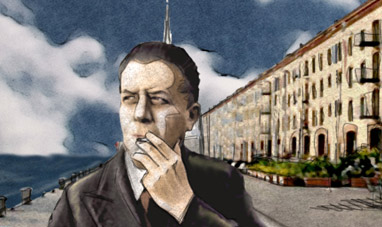

EUGENIO MONTALE
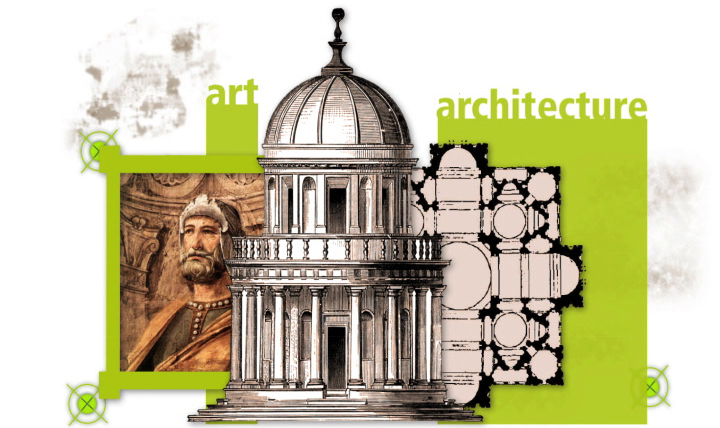

DONATO BRAMANTE
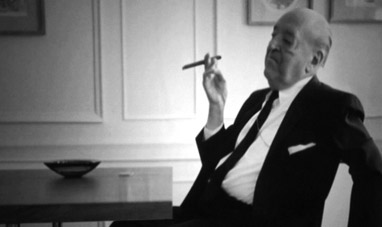

MIES VAN DER ROHE
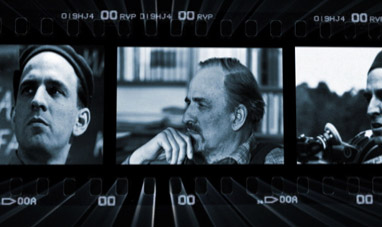

INGMAR BERGMAN
